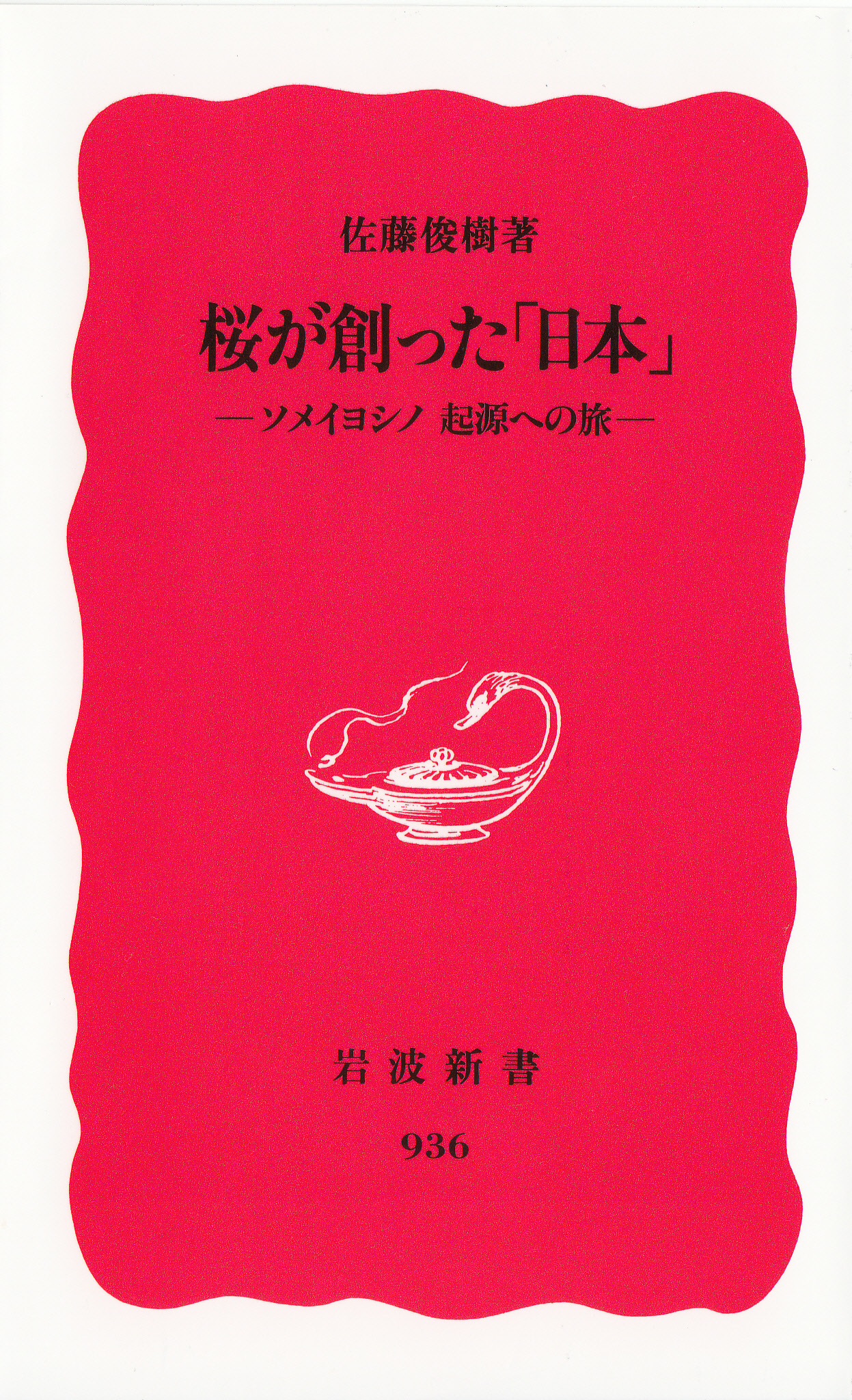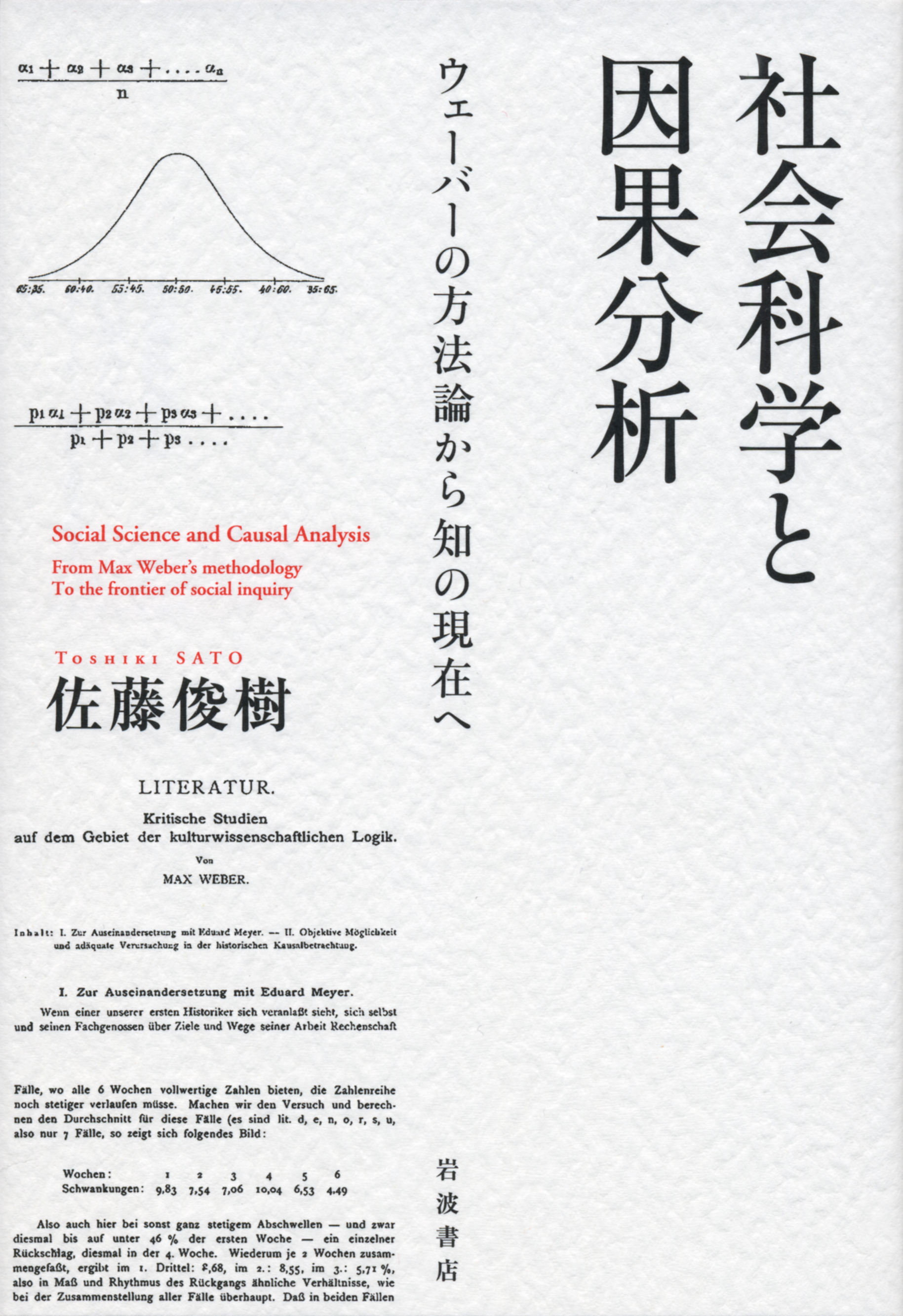
Title
Sakura ga Tsukutta “Nihon” (Quest For the Origin of Someiyoshino)
Size
236 pages, paperback pocket edition
Language
Japanese
Released
February 18, 2005
ISBN
978-4-00-430936-9
Published by
Iwanami Shoten
Book Info
See Book Availability at Library
Japanese Page
Cherry blossoms are a symbol of Japan. In spring, these beautiful blossoms decorate the land, from great cities like Tokyo to small towns and villages, and even remote, uninhabited fields and highlands. The association of Japan with sakura is globally recognized. However, there are many misunderstandings, preconceptions and unfounded legends about the flowers have existed for centuries.
This book deals with the development of Japanese society in relation to sakura through history, with a focus on one of the most popular variety, Someiyoshino. Drawing on botanical and ecological studies, it also explores recent changes based on the author’s original research. It describes the true state of sakura with specific details, from a variety of perspectives: literature, cultural history, botany and landscaping as well as from national rituals and media coverage, drawing on primary sources as much as possible. The author’s use of primary sources is the book’s defining characteristic.
For example, conventional theories of Japanese culture would hold Someiyoshino as symbolic during the war era’s militarism and the mono-culturalism during the period of modernization. There are many opinions that undervalue this variety of sakura and its cultural and social significance for this reason. There is also the opinion that Someiyoshino is not a genuine symbol of Japan. This viewpoint emphasizes the fact that it is a hybrid, as opposed to the wild Yamazakura, which is therefore considered to hold a more legitimate claim to the title of national icon.
However, it was in the post-war period that Someiyoshino became widely distributed throughout the Japanese archipelago. Thus, there is no substantive relationship between the spread of this variety of cherry blossom and Japan’s wartime militarism. Likewise, the idea that Yamazakura to be the species of cherry to represent Japan came about and was popularized in the twentieth century. The Yamazakura is a variety that prefers the warmer climate of southern Japan. Before Someiyoshino was created and spread throughout Japan (except the Okinawan islands), the idea of a representative sakura did not exist. Therefore, the notion of Yamazakura as Japan’s genuine cultural symbol is in fact a reaction to the widely planted Someiyoshino, and is perhaps a belief that became disseminated due to the distribution of the latter variety.
Originally published in 2005, this book is now in its eighth printing. This is a piece of academic literature that explores Japanese society through the lens of sakura, written in a fashion that is also accessible to the average reader. Thus, another defining aspect of the book is the popularity it enjoys from a wide audience. It is frequently referenced not only in research papers in literary & cultural history and social sciences, but also included in the bibliographies of botanical dictionaries. Thus, it enjoys a great diversity of readers. It was also featured in newspaper articles and reports by the mass media, as well as countless times on social networking services by cherry blossom lovers.
This book is thus highly acclaimed and appreciated as a study that spanning across social sciences, the humanities, and even natural sciences. It is also an example of successfully making academic pursuits accessible to the general public.
(Written by SATO Toshiki, Professor, Graduate School of Arts and Sciences / 2017)



 Find a book
Find a book


